Decoding Harvey Weinstein’s Baby Blue Sweater
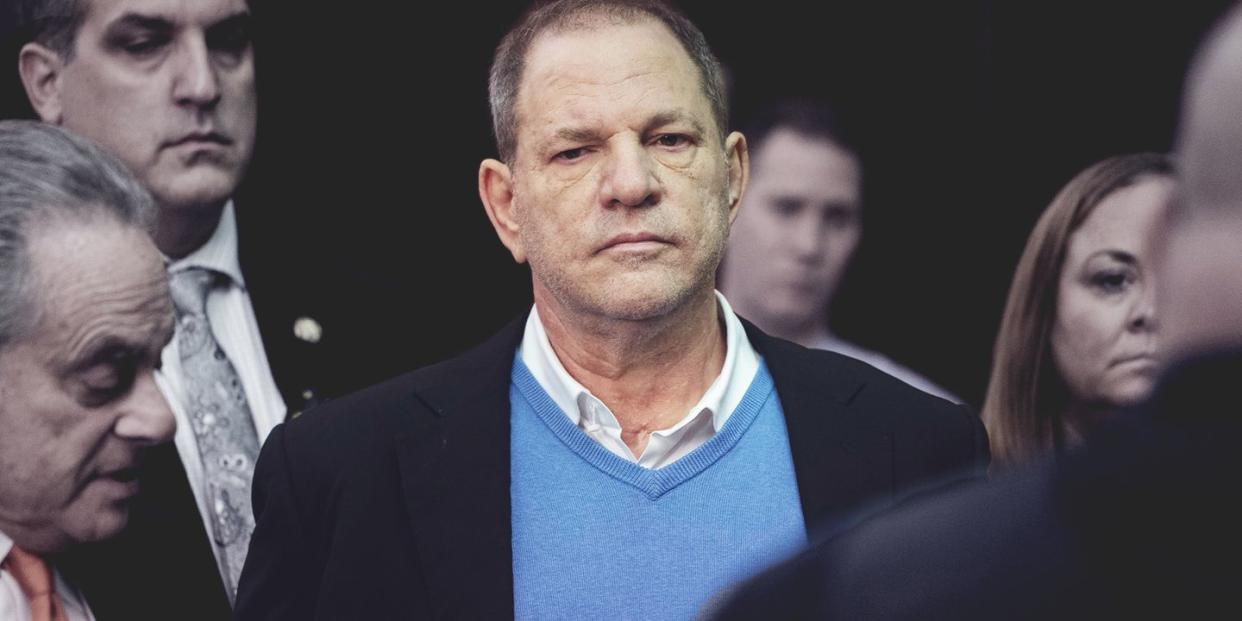
I once heard a lawyer say that he always puts male defendants on the stand in light-blue sweaters. The color and the texture softens men, this attorney argued, making them seem more approachable and likable.
It was all I could think about when Harvey Weinstein turned himself in at the New York City Police Department’s First Precinct last week, clad in a baby blue sweater: the burly film producer is facing charges of rape and criminal sex acts, and there he was, swathed in a color typically associated with babies, pools of water or the sky on a clear day.
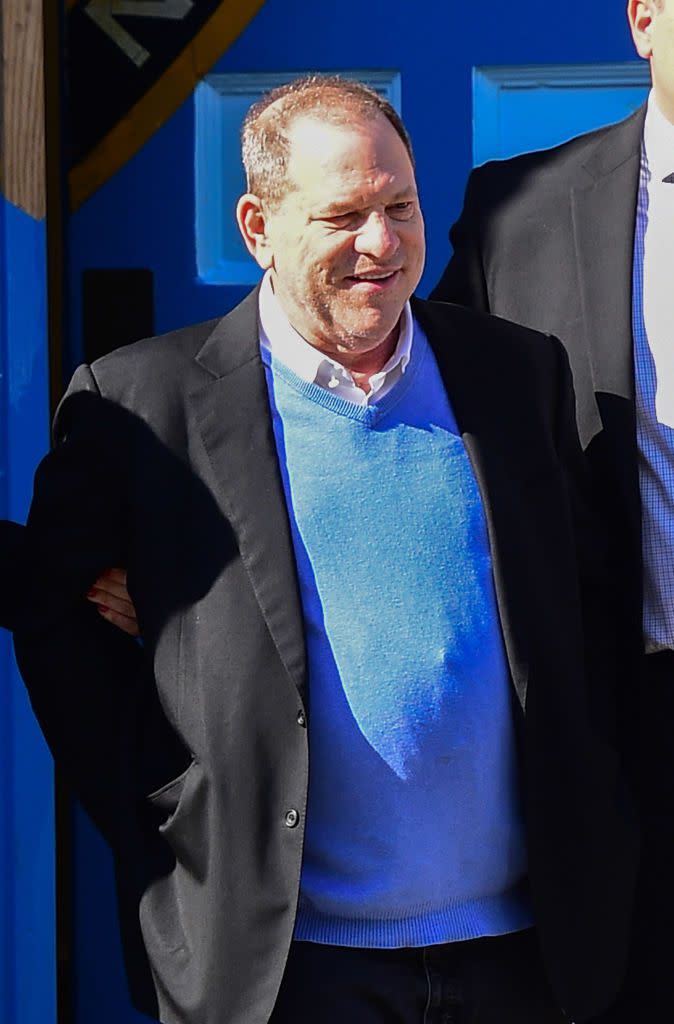
No one, to my knowledge, has ever accused the explosive Weinstein of being likable, nor will a single sweater make people look beyond the allegations of decades-long harassment and abuse. But it is an outward sign of the start of an inward movement, an attempt on the part of Weinstein and his legal team to make over his public perception.
“It was a very smart choice,” Mark Geragos, the celebrity defense attorney, said of the sweater. Geragos, whose notable clients include Michael Jackson, Chris Brown, and Winona Ryder, gave credit to Weinstein’s lawyer, Ben Brafman, saying he “thinks of everything down to the smallest detail.”
Celebrities build their livelihoods on carefully crafted images, judged daily in the court of public opinion. So it is no surprise that, when those stars are accused of wrongdoing, wardrobe becomes another tool in mounting a defense. In her 2002 shoplifting trial, Ryder traded her 90s It Girl wardrobe for a conservative headband and a wine-colored coat dress. Sean Combs ditched his flash and wore only suits, often in light colors, for his 2001 bribery and gun possession trial. Britney Spears opted out of her barely-there pop star wardrobe for a 2008 custody hearing, arriving in a high-neck, long-sleeve ivory lace Victorian-inspired dress.
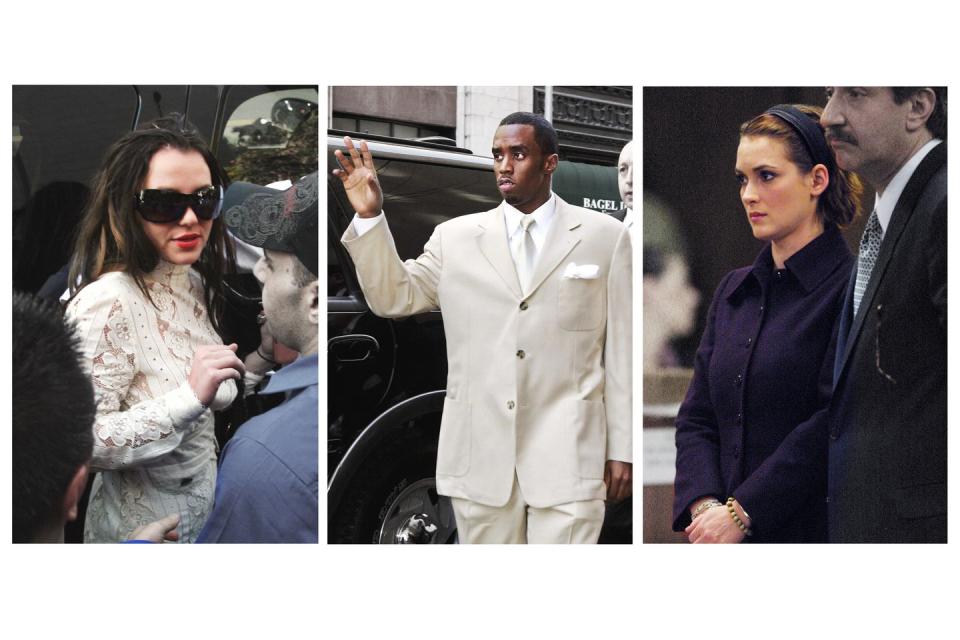
Not all messages are quite as proper, or as subtle for that matter. After Martha Stewart was criticized for carrying a Birkin to her 2004 fraud trial, she left prison in a poncho crocheted by one of her fellow inmates. For her 2010 probation violation hearing, Lindsay Lohan sported a rainbow manicure with a very small “f--k u” written on the nail of her left middle finger. Courtney Love looked every bit the disheveled mess during her 2004 drug trial. Robin Givhan, in the Washington Post, commented on Love’s “sad little cardigan” that looked like it had been “plucked from the Goodwill store.” “She's not conveying innocence with her clothes-she's declaring herself pitiable,” Givhan wrote.
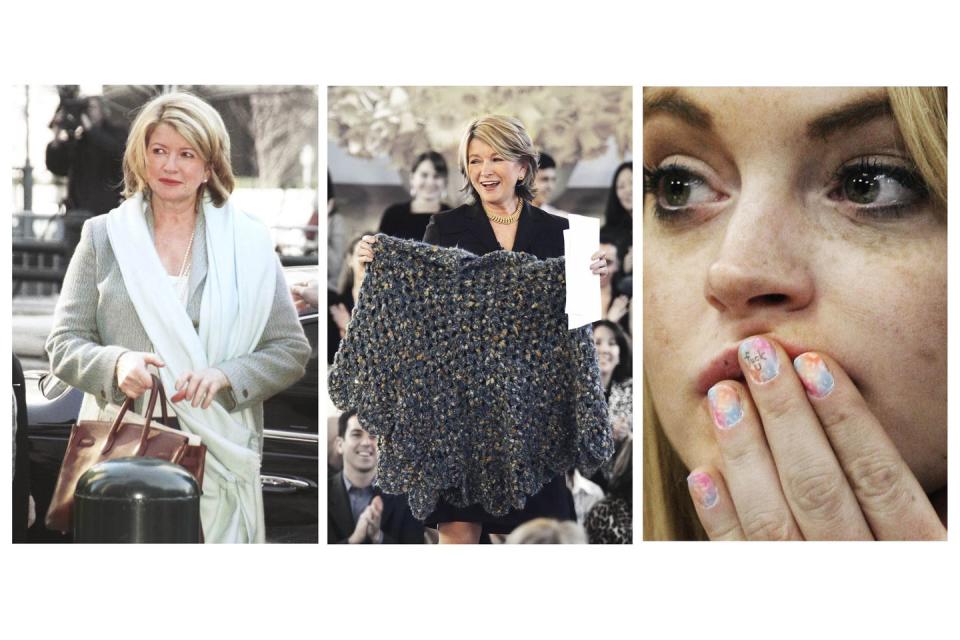
Indeed what clothing is appropriate depends on what image you want to counteract and convey, says Dr. Joseph Rice, a clinical psychologist and president of the Jury Research Institute, a national trial and jury research firm. He studies the nature of the allegations and the intended audience before advising on how to maximize the defendant's appeal. Allegations of neglect necessitate an image of confidence and competence. If it’s related to an abuse of power, “I want someone to appear softer and more approachable,” Rice told me, giving off a kind of “Mr. Rogers” vibe. Rice finds blue to be “universally acceptable” in many cases, although earth tones are used often, too.
Prior to the #MeToo movement and allegations of rampant wrongdoing, Weinstein often appeared in public in his own kind of uniform. I saw him in person many times, seated front row at his now-ex-wife’s Marchesa fashion shows, in a white collared shirt-sometimes sweat-stained and always somewhat wrinkled-with a black suit, no tie.
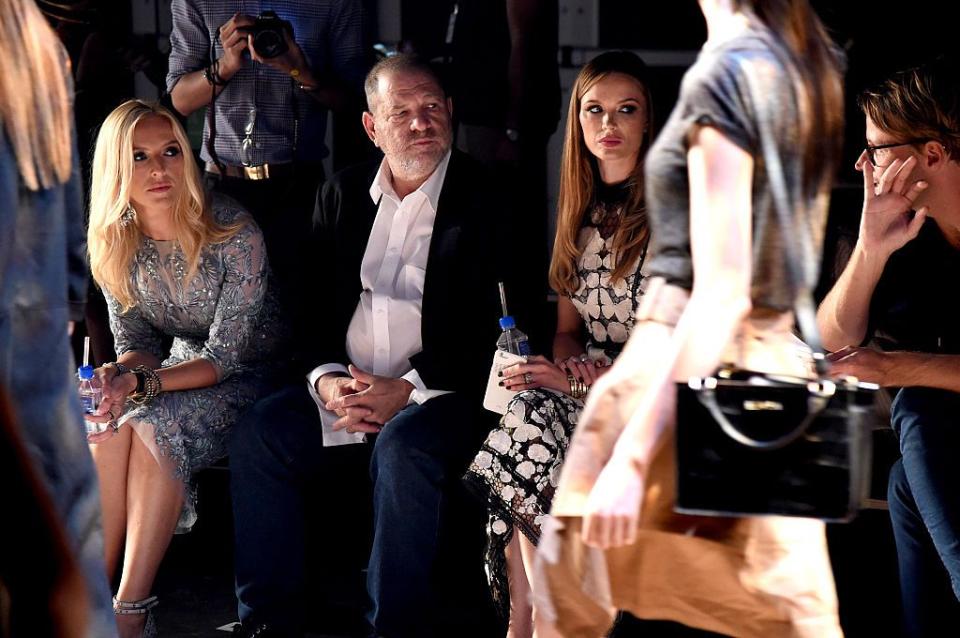
His rumpledness was a stark contrast to the glamorous red carpet gowns coming down the runway. On Friday, he wore a version of that ensemble, with a dark blazer, white shirt, and baggy jeans, the blue sweater layered on top despite it being a warm late-May morning.
The blue stood out, and not just because Weinstein isn’t known as someone who sports color. Stretching over the expanse of his midsection, revealed all the more when his hands were behind his back in handcuffs, it was an aggressive wearing of a typically soothing color.
“Color has long played into our percipient of someone either consciously or subconsciously,” says Robert Burke, a luxury fashion consultant and the former fashion director of Bergdorf Goodman. “It gives us an immediate impression and reaction, and this is especially the true of a high-profile judgement case.” Burke says he associates blue with “strong, stable, and honest.”
Burke points to Bernie Madoff, the former financier who plead guilty to multiple felony accounts related to a massive Ponzi scheme, and his penchant for all black clothing. Madoff wore a black cap and black quilted jacket, the collar turned up, in that infamous scene where he pushed through cameras on the Upper East Side. “He looked guilty from the beginning,” Burke says.

As for Weinstein, Burke says he “seemed casual and calm and light about everything, in a way almost confident.” The books under his arm-two biographies, one of Richard Rodgers and Oscar Hammerstein II, and another of Elia Kazan-“made it appear more like showing up for jury duty and being arrested,” Burke says.
What Weinstein wears in future public appearances will never be the focus-nor should it be. But it’s important to watch how he and his legal team attempt to manipulate the proceedings, down to the color of his clothes.
You Might Also Like


